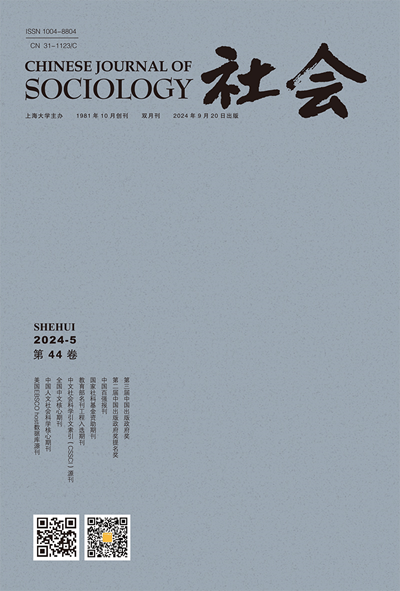中国婚姻性别的社会阶层差异(2000-2015)
IF 1.8
4区 社会学
Q2 SOCIOLOGY
引用次数: 1
摘要
本研究考察了自21世纪初以来,社会阶层是否以及如何影响中国的婚姻性行为。我们使用的数据来自于在四个时间点进行的全国性调查:2000年、2006年、2010年和2015年。我们使用来自教育、职业和收入的综合社会经济地位分数来区分下层阶级(底层25%)、中产阶级(中间50%)和上层阶级(顶层25%)。婚姻性方面包括性频率、性高潮频率、女性在性交体位和后入体位的参与,以及口交和肛交的经验。具有固定年效应的回归结果显示,除肛交外,其他各方面都存在显著的阶级差异。尽管报告的性频率在中产阶级中最高,但在各种性交姿势和口交上的参与却呈现出正的阶级梯度。从时间上看,除了高潮频率,我们观察到在所有方面都有上升的趋势。班级-年级互动效应的结果进一步表明,大多数班级差异在2000-2015年期间保持稳定。然而,性生活频率的时间增长在下层阶级中最大,而在上层阶级中相对可以忽略不计。本文章由计算机程序翻译,如有差异,请以英文原文为准。
Social class differentials in marital sex in China (2000–2015)
This study examines whether and how social class matters for marital sex in China since the beginning of the 21st century. We utilize data from a national sexuality survey that has been administered at four time points: 2000, 2006, 2010, and 2015. We use a composite socioeconomic status score deriving from education, occupation, and income to distinguish between the lower class (the bottom 25%), the middle class (the middle 50%), and the upper class (the top 25%). Marital sex aspects include sexual frequency, orgasm frequency, engagement in the woman-on-top and rear-entrance coital positions, and experience with oral and anal sex. Regression results with year-fixed effects reveal significant class differentials in all aspects but anal sex. Whereas the reported sexual frequency is highest in the middle class, the engagement in various coital positions and oral sex is characterized by a positive class gradient. Temporally, we observe an upward trend in all aspects but orgasm frequency. Results from the class–year interaction effects further show that most class differentials have remained stable over the period 2000–2015. The temporal increase in sexual frequency, however, has been the greatest in the lower class but relatively negligible in the upper class.
求助全文
通过发布文献求助,成功后即可免费获取论文全文。
去求助
来源期刊

社会
Social Sciences-Social Sciences (all)
CiteScore
1.70
自引率
0.00%
发文量
6799
期刊介绍:
The Chinese Journal of Sociology is a peer reviewed, international journal with the following standards: 1. The purpose of the Journal is to publish (in the English language) articles, reviews and scholarly comment which have been judged worthy of publication by appropriate specialists and accepted by the University on studies relating to sociology. 2. The Journal will be international in the sense that it will seek, wherever possible, to publish material from authors with an international reputation and articles that are of interest to an international audience. 3. In pursuit of the above the journal shall: (i) draw on and include high quality work from the international community . The Journal shall include work representing the major areas of interest in sociology. (ii) avoid bias in favour of the interests of particular schools or directions of research or particular political or narrow disciplinary objectives to the exclusion of others; (iii) ensure that articles are written in a terminology and style which makes them intelligible, not merely within the context of a particular discipline or abstract mode, but across the domain of relevant disciplines.
 求助内容:
求助内容: 应助结果提醒方式:
应助结果提醒方式:


